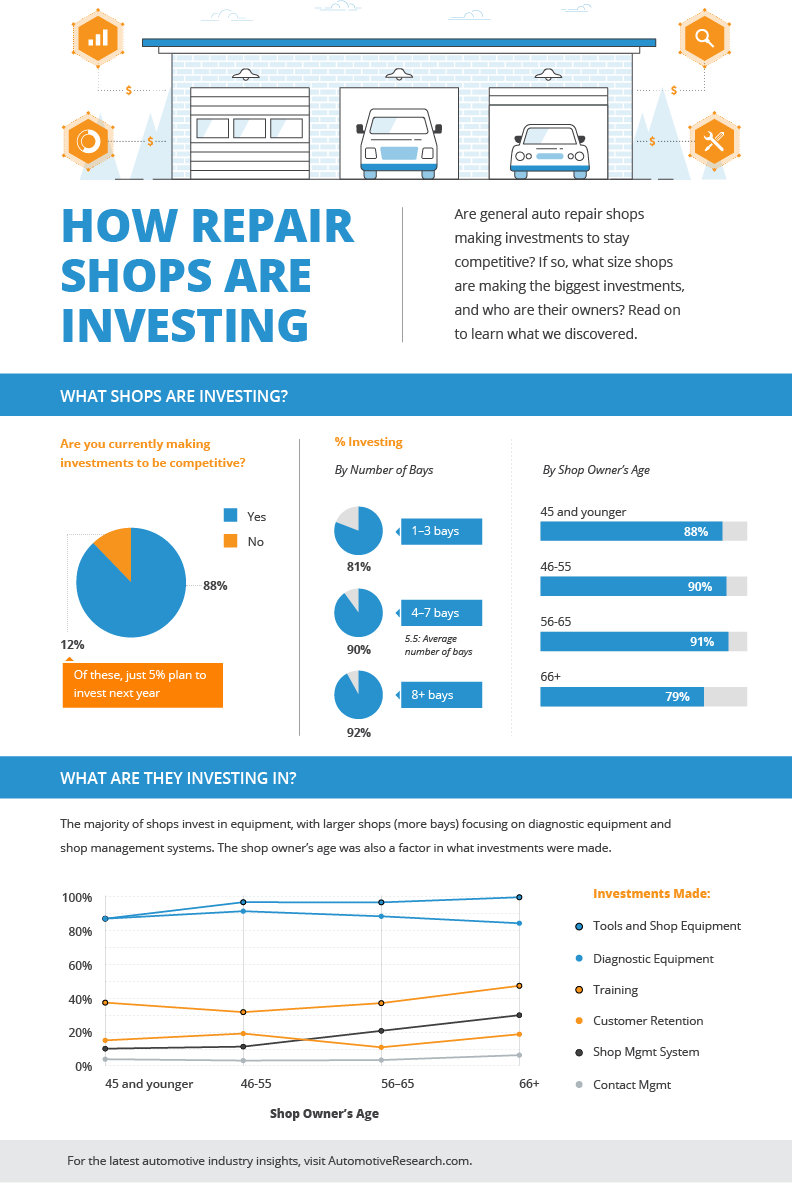Analyzing Your Vehicle'S Caution Indicators: What They Really Communicate
Analyzing Your Vehicle'S Caution Indicators: What They Really Communicate
Blog Article
Material Writer-Higgins Alvarado
When you lag the wheel, those beautiful caution lights on your control panel can be a little bit difficult. Do you understand what they're trying to tell you concerning your cars and truck's health? Recognizing the significance of these lights is crucial for your safety and security and the durability of your car. So, the following time one of those lights turns up, wouldn't you intend to understand its message precisely and take the essential steps to resolve it?
Common Caution Lighting and Interpretations
Determine usual caution lights in your car and understand their meanings to guarantee risk-free driving.
One of the most common warning lights consist of the check engine light, which indicates concerns with the engine or emissions system. If this light comes on, it's essential to have your car examined promptly.
The oil pressure advising light shows reduced oil pressure, requiring immediate attention to avoid engine damages.
A flashing battery light might recommend a damaged charging system, possibly leaving you stranded if not attended to.
The tire stress tracking system (TPMS) light signals you to low tire stress, impacting vehicle stability and gas efficiency. Overlooking where can i get my car ceramic coating near me might bring about hazardous driving problems.
The abdominal muscle light indicates a problem with the anti-lock stopping system, jeopardizing your ability to quit rapidly in emergencies.
Finally, the coolant temperature cautioning light warns of engine overheating, which can cause severe damage otherwise dealt with swiftly.
Understanding these usual caution lights will assist you resolve issues immediately and preserve safe driving conditions.
Relevance of Prompt Interest
Understanding the typical caution lights in your automobile is just the first step; the relevance of quickly addressing these warnings can't be stressed sufficient to ensure your safety and security on the road.
When a warning light brightens on your control panel, it's your cars and truck's method of communicating a prospective problem that needs interest. Overlooking final touch can bring about a lot more extreme problems in the future, compromising your safety and security and possibly costing you a lot more out of commission.
Trigger interest to alerting lights can protect against breakdowns and mishaps. As an example, a flashing check engine light could suggest a misfire that, if left unattended, might create damages to the catalytic converter. Resolving this quickly can conserve you from a costly fixing.
In a similar way, a brake system alerting light could signal reduced brake liquid or used brake pads, critical components for your security when driving.
DIY Troubleshooting Tips
If you see a caution light on your control panel, there are a few DIY troubleshooting tips you can attempt prior to looking for professional assistance.
The initial step is to consult your car's manual to understand what the details warning light indicates. Occasionally the concern can be as simple as a loosened gas cap setting off the check engine light. Tightening the gas cap might deal with the trouble.
An additional typical issue is a low battery, which can cause numerous advising lights. Inspecting the battery connections for rust and ensuring they're safe might deal with the problem.
If a warning light persists, you can try resetting it by disconnecting the car's battery for a couple of mins and then reconnecting it. Furthermore, inspecting your automobile's liquid degrees, such as oil, coolant, and brake fluid, can aid repair alerting lights associated with these systems.
Verdict
Finally, understanding your car's caution lights is necessary for maintaining your lorry running smoothly and safely. By immediately addressing these alerts and knowing what they mean, you can prevent expensive repairs and prospective break downs.
Bear in mind to consult your vehicle's guidebook for certain information on each alerting light and act accordingly to guarantee a trouble-free driving experience.
Stay notified, remain safe when traveling!
